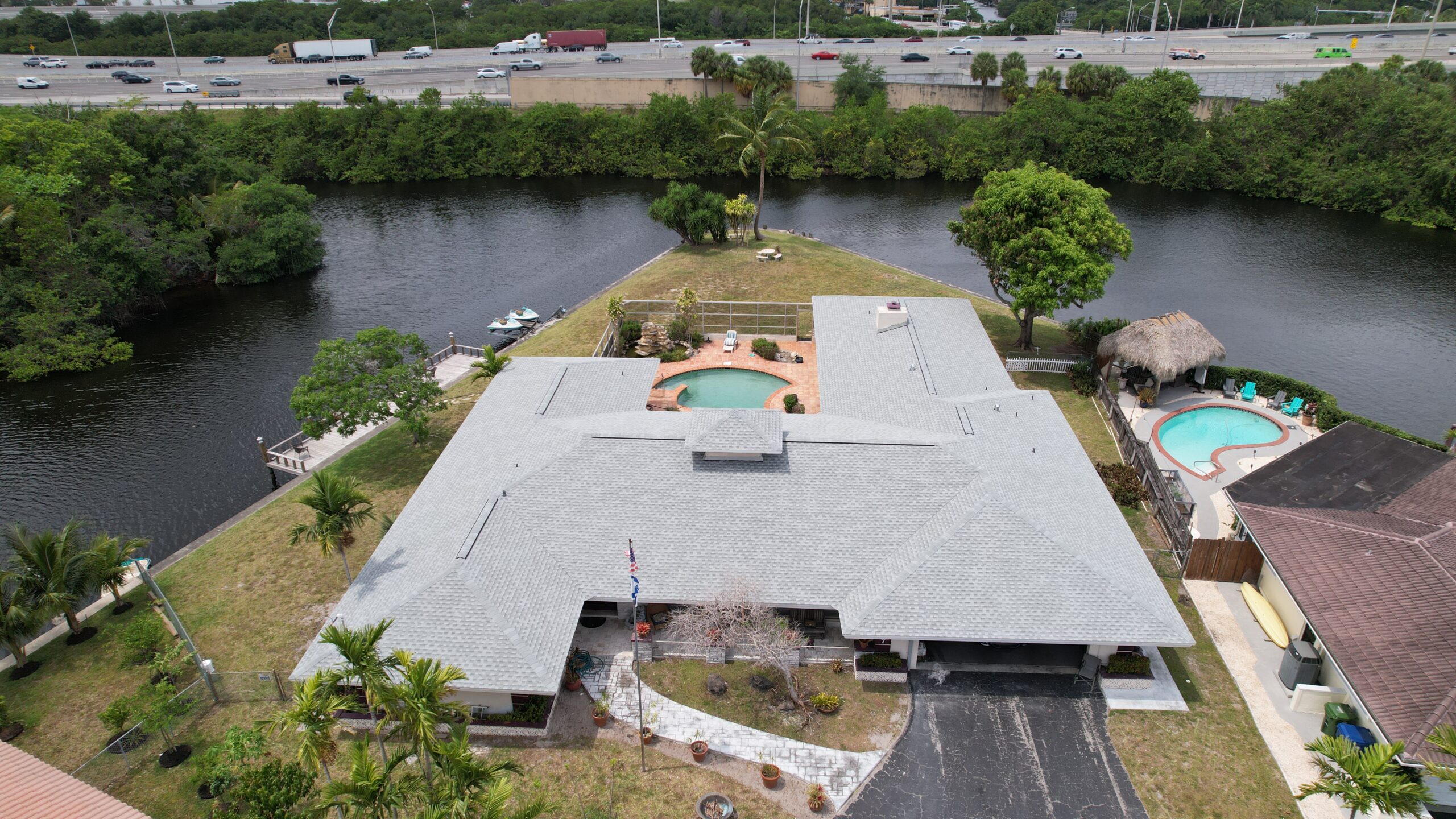












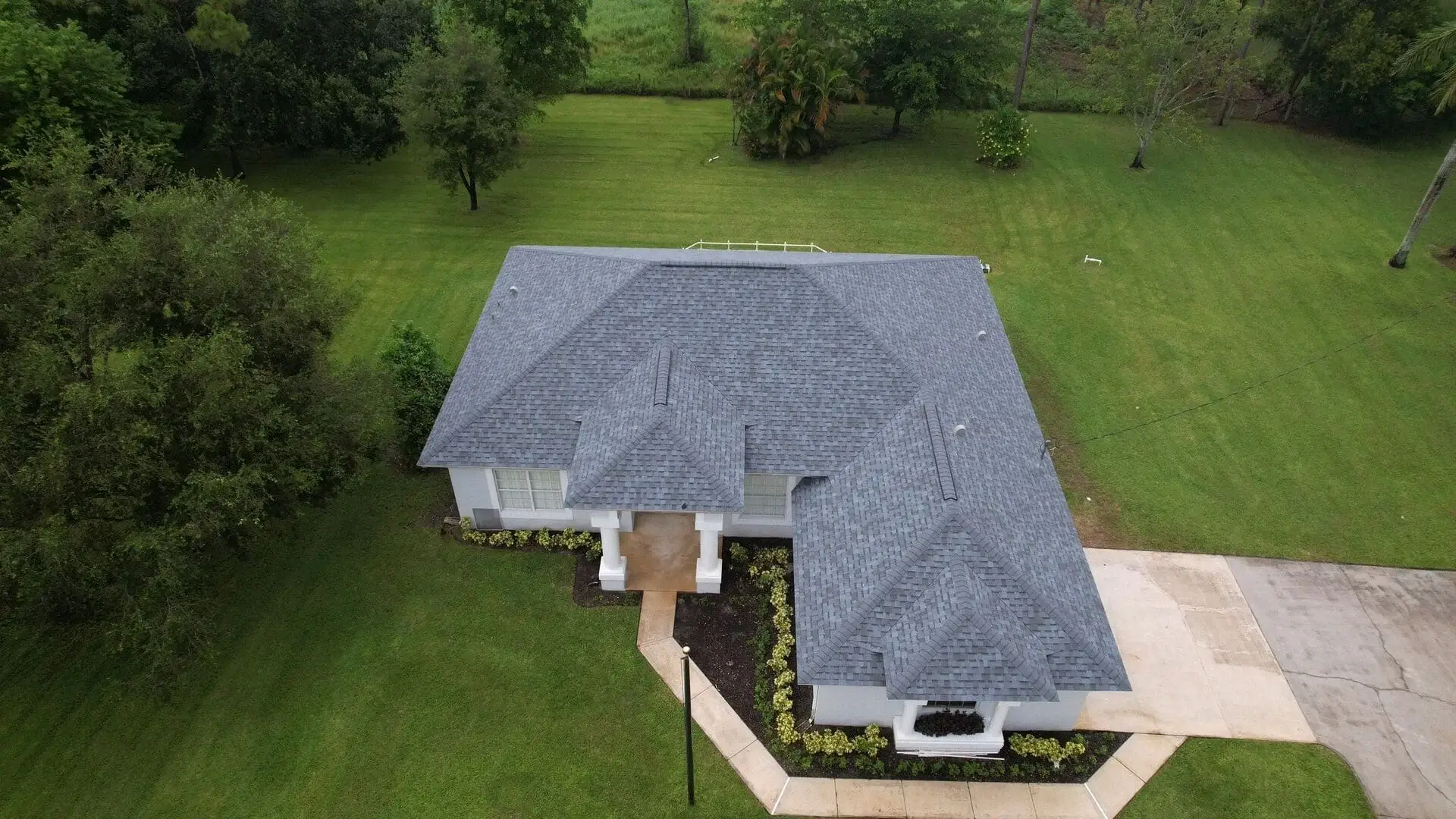
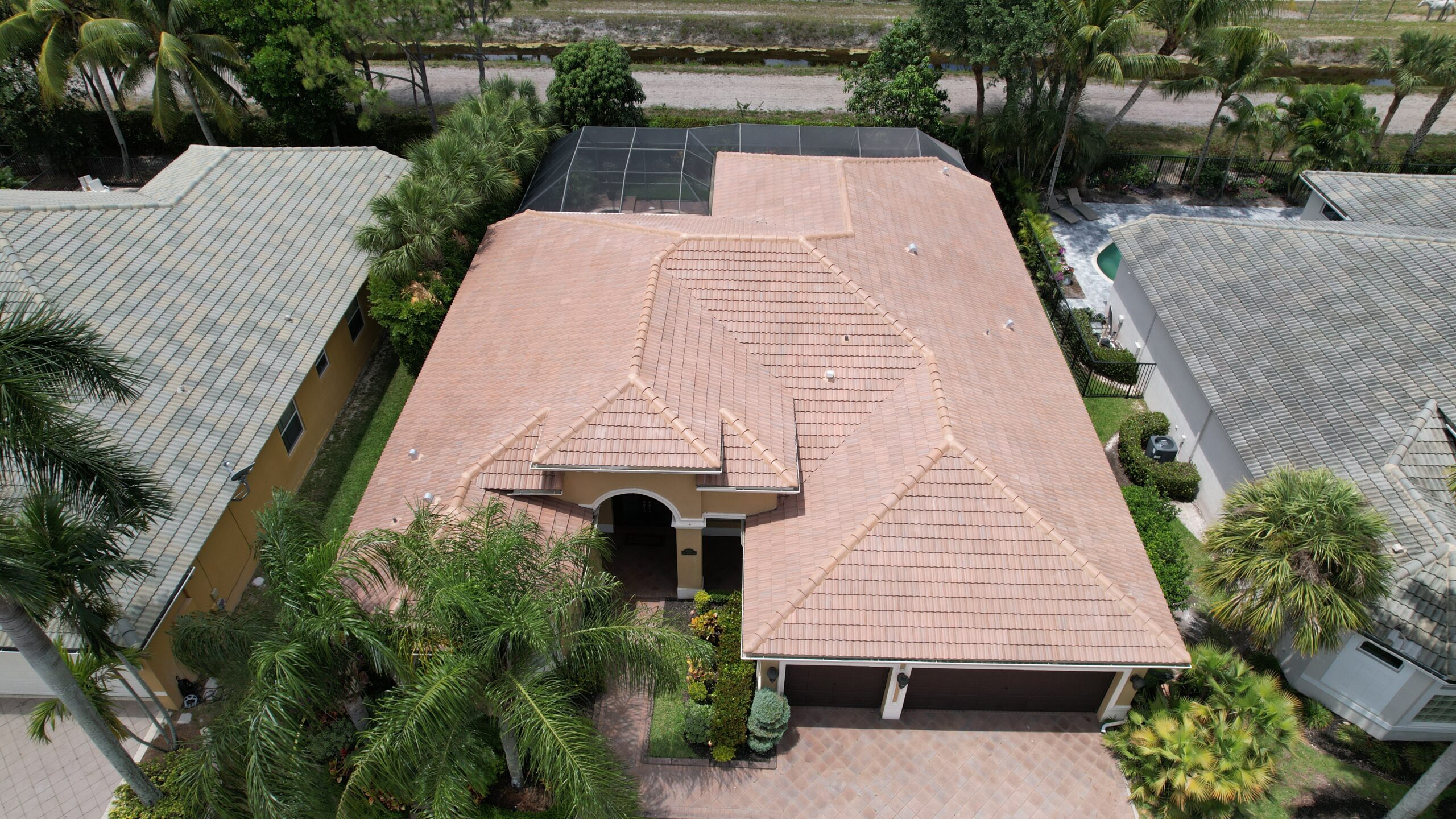
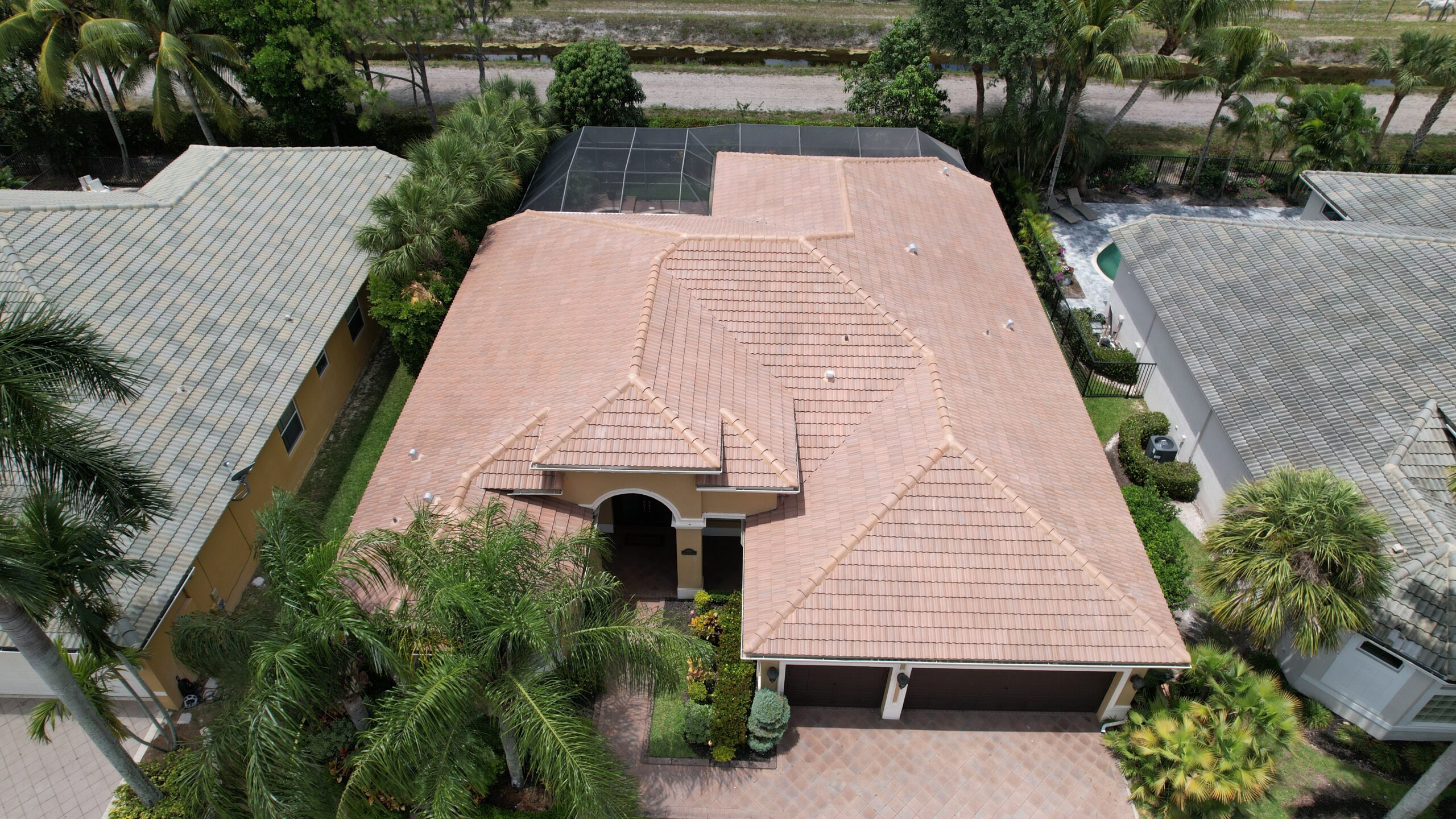
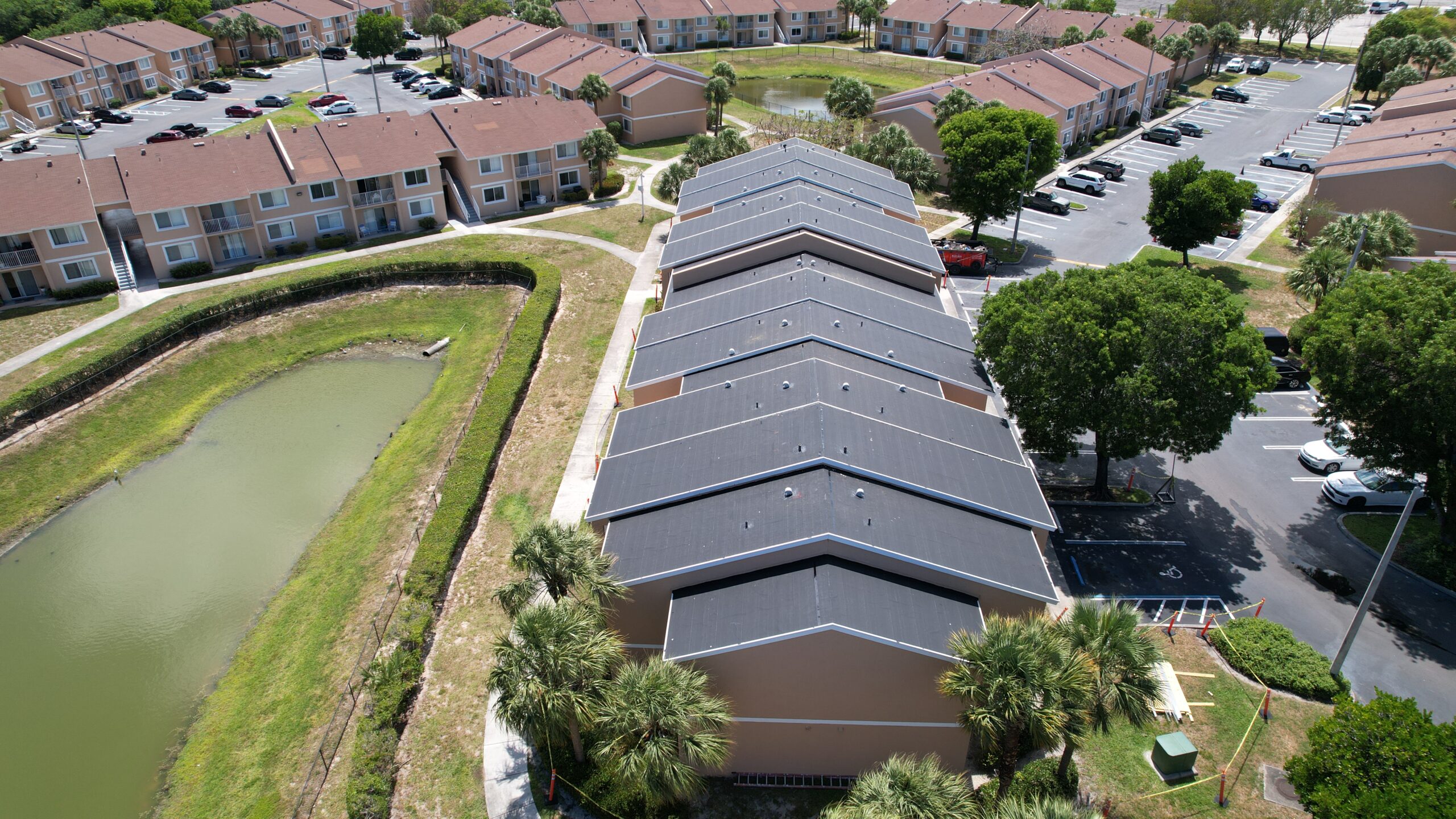
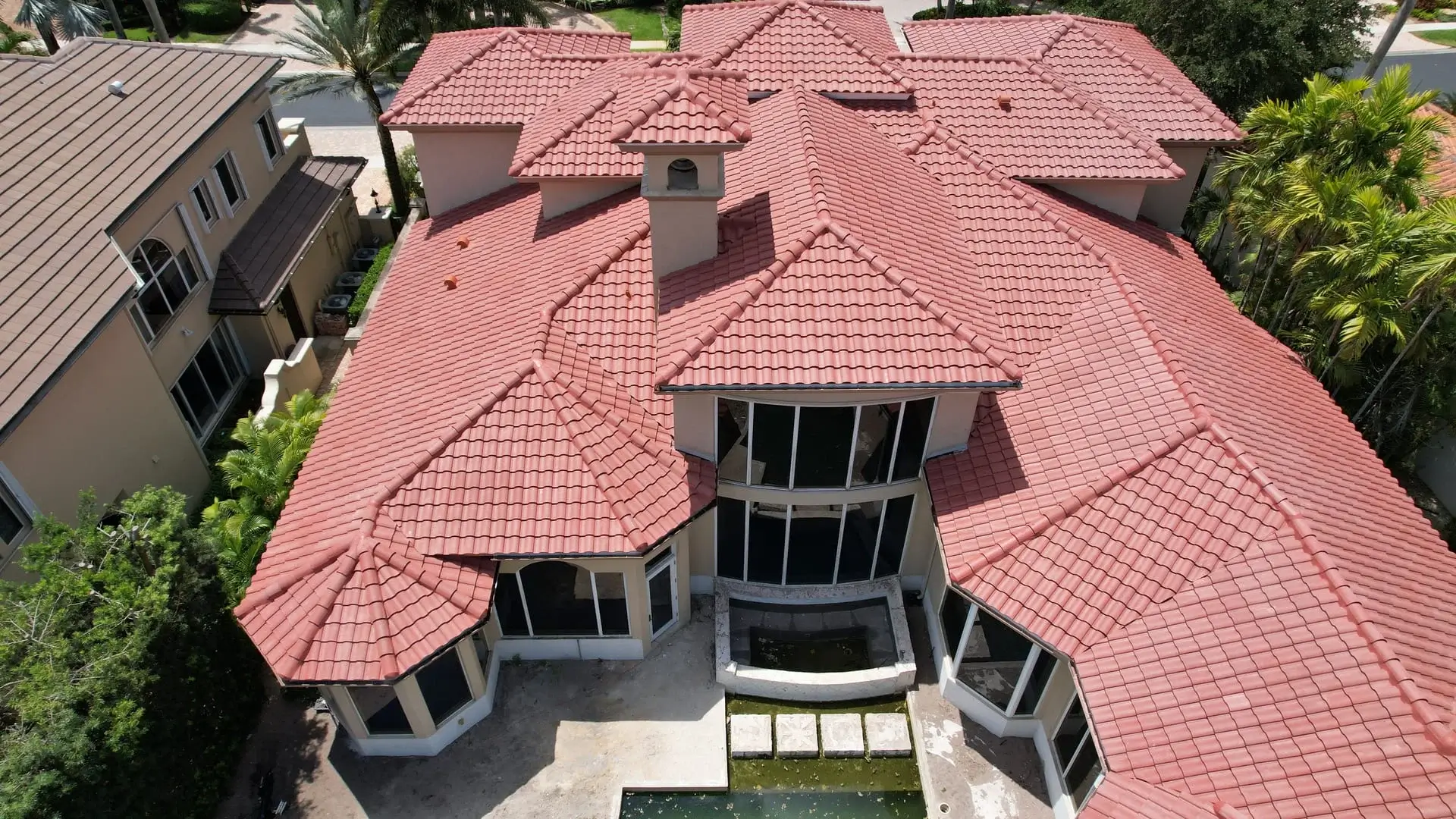
Homeowners in Florida can consider various loan options for roof replacement, including home equity loans, personal loans, FHA Title I property improvement loans, and PACE (Property Assessed Clean Energy) financing. Its essential to compare interest rates, terms, and eligibility criteria before deciding on the most suitable option.
The longevity of a roof in Florida varies depending on the material and environmental conditions but generally ranges from 15 to 25 years for asphalt shingles, around 30 years or more for metal roofs, and over 50 years for tiles. Regular maintenance can extend a roofs lifespan despite harsh weather conditions such as high heat and hurricanes.
Proper flashing is critical because it prevents water from penetrating the structure at points of vulnerability like chimneys, vents, eaves, and valleys. Inadequate flashing can lead to leaks and significant water damage over time; hence it must be installed correctly during a roof replacement to ensure long-term durability. It is a lot easier for right plumbing that will protect your roof from heavy rain and a tropical cyclone that will help raise real estate appraisal if you have your roof replaced with asphalt shingle which is great in a storm.
Signs that flashings may need attention include visible rust or corrosion; cracked, broken or missing pieces; evidence of water leakage inside your home near walls or ceilings; and any loose components around the chimney, vents or other protrusions. If you notice any of these issues, it might be time for repair or replacement.
Yes. When selecting roofing materials in Floridas hot and humid climate with potential hurricane exposure, homeowners should consider impact-resistant options rated for high wind speeds and UV resistance. Metal roofing is often recommended due to its durability against wind uplift and corrosion resistance while tile roofs offer longevity but require reinforced roofing structures due to their weight.